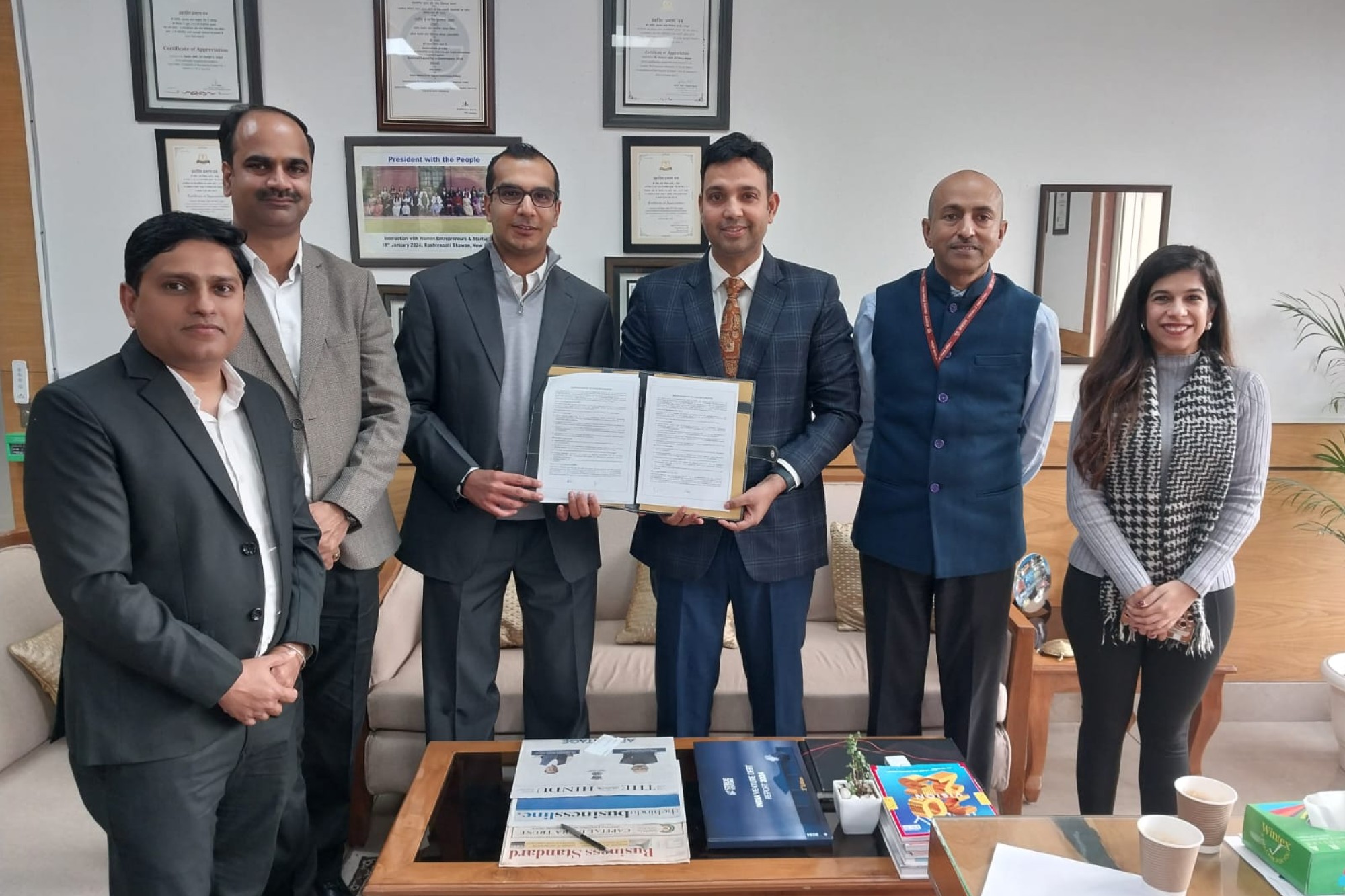The Anatomy of Procurement Practices
By Edit Team | November 8, 2016 5:17 am SHARE

‘Procurement Blues’ existed in the past, are existing today and would exist in future; only there is a change in perception, size and shape.
As they say ‘challenges never end’, project procurement is no exception. As we are harnessing newer technologies, using newer materials, the newer and newer challenges are also propping up every day. Gone are the days when as a Procumenterian, one would have a standard product list required for project and he or she would call quotations from standard vendors and place orders. It was so simple!
But now the whole mathematics has changed. There are new or alternate materials available from existing or new sources within the country or some other distant country. That demands for in-depth study of “Total Cost of Ownership” and not just the “Label Cost”, because in many cases although material cost may lucrative, the other costs attached to it may make overall proposal as non-workable.
Once you have got global supplier base available with you, one may have to consider various logistics aspects such as inland material handling issues at the seller’s end and taxation issues. Another angle is payment terms, in almost all the cases when you are importing, the payments are done either through Telegraphic Transfer (TT) or through Letter of Credit (LC). One often forgets to add the Finance Cost associated with while looking at the Landed Cost.
One more angle is when you import, you make payment in foreign currency and in that case how do you insulate yourself for conversion rate fluctuation. People do use tools like forward buying to overcome that.
A lot is being discussed about ‘Make in India’. On one hand although it is a good initiative, unless domestic taxation rules are eased out, it may not be effective. For example, if one tries to get flooring material in Maharashtra from out-of state manufacturers, it attracts an entry tax which in turn makes the deal prohibitive. As Goods & Services Tax (GST) is set to roll-out shortly, these taxation issues, hopefully, would get addressed.
In India, typically successful completion of any construction project is in the hands of various stakeholders, it ranges from government or local body permissions to availability labour to clarity of specifications. The material supply planning also takes the toll – from excess stocks due to slowdown of project or shortage due to unprecedented speed of completion and poorer forecasting by site.
The typical Indian procurement process mainly becomes unsuccessful due to incorrect planning. In my own life, I would have handled more fire-fighting cases then I would have liked to. Sometimes small items like screws have also become a pain-point. We certainly lack this planning angle. In my earlier career, I had worked in the automobile industry where due to better planning there were hardly any issues.
One always wonders how to find out if some vendor is resorting to ‘Unfair Trade Practices’ at the time of finalising the deal? To my mind, there is no straight answer to it. There is no such Standard Operating Procedure that would address this issue. You necessarily have to have a good networking with fellow Procumenterians in other companies as well as vendors themselves. Only experience can tell you about the quality of deal.
To sum up, one can say, ‘Procurement Blues’ existed in the past, are existing today and would exist in future; only there is a change in perception, size and shape. As is said by Heraclitus, “The only thing that is constant is change”!
Cookie Consent
We use cookies to personalize your experience. By continuing to visit this website you agree to our Terms & Conditions, Privacy Policy and Cookie Policy.





















